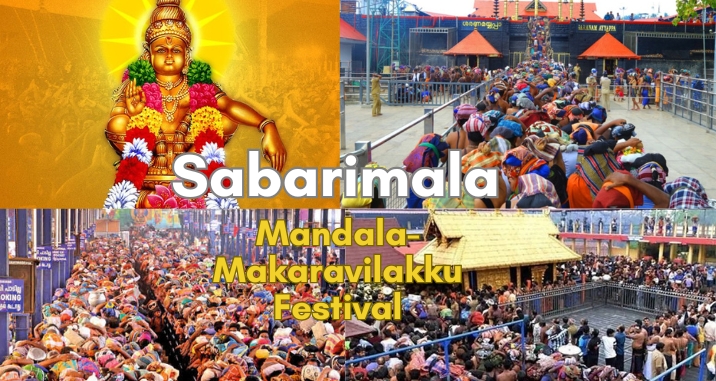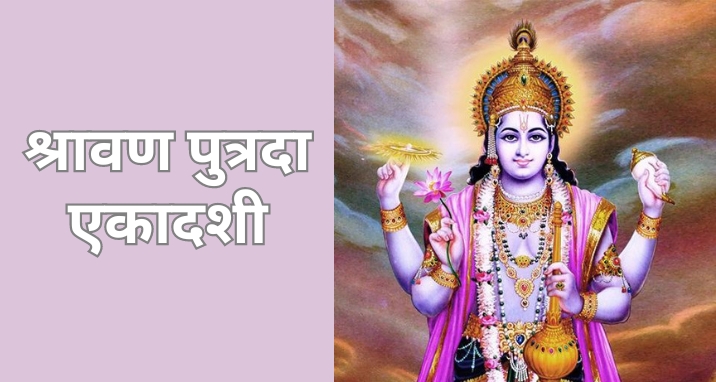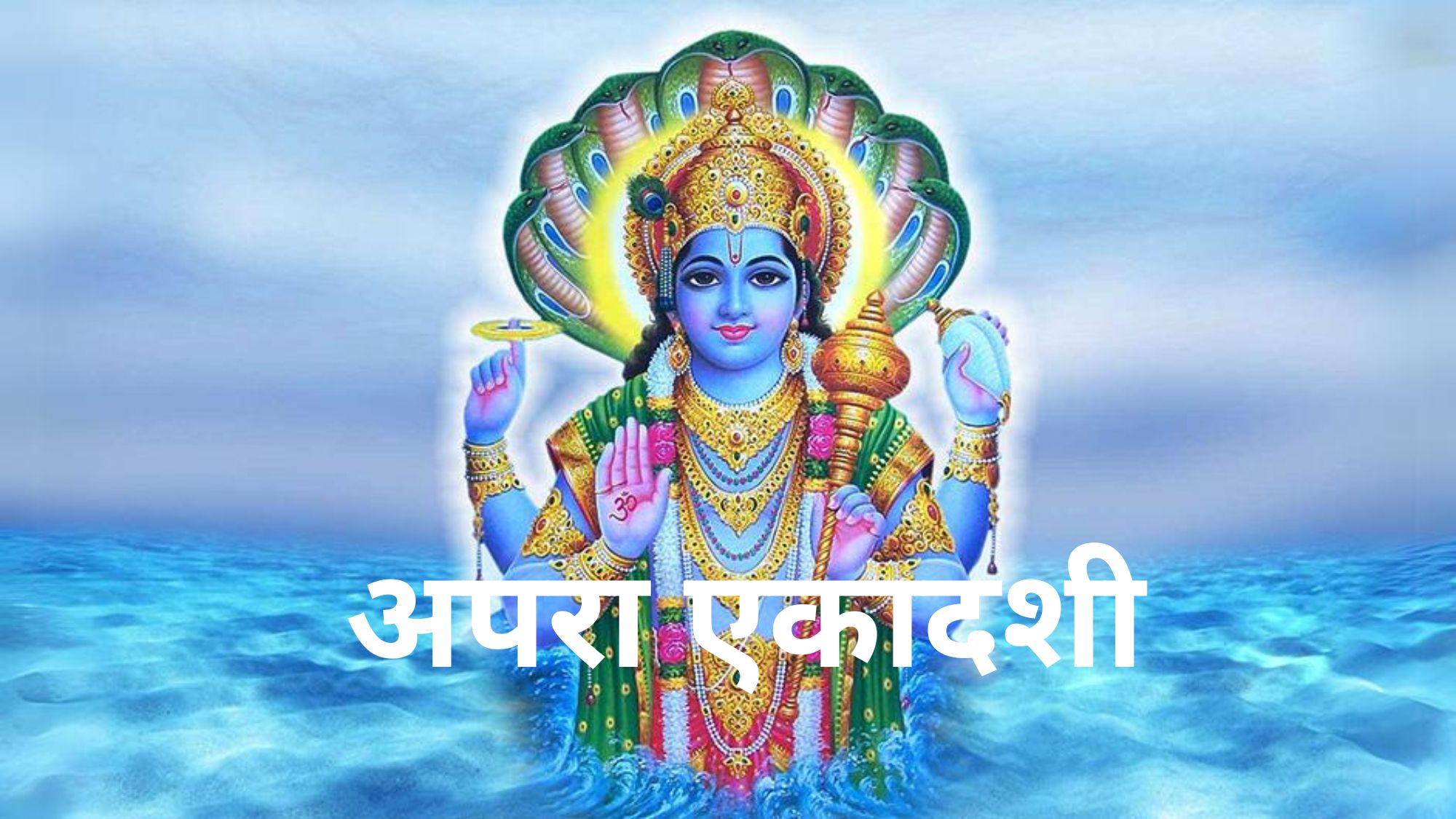Navratri Ghatsthapana: Significance, Puja, Items Needed

Ghatsthapana or Kalash Sthapana is one of the most important rituals during Navratri and Durga Puja. It marks the beginning of the 9-day-long festival of Navratri. On the first day of the nine-day festival, Ghatasthapana is performed to mark the beginning of the Pooja, which concludes on the tenth day, known as Dussehra or Vijaya Dasami. In 2023, Sharadiya Navratri Ghatsthpana Tithi comes in October.
Sharadiya Navratri Ghatsthpana 2023 Date and Tithi
- Ghatasthapana: October 15, 2023, Sunday
- Timing: 11.44 AM to 12.32 PM
- Duration 00 Hours 48 Mins
- Pratipada begins: 11.24 PM on October 14, 2023
- Pratipada ends: 12.32 AM on October 16, 2023
What is the Significance of Ghat or Kalash Sthapana?
The significance of Ghatsthapana is evident through the detailed instructions in our scriptures on the proper way to conduct Ghatasthapana at the commencement of the Navratri.
During Navratri, devoted worshipers honour various forms of Goddess Durga, such as Shailputri, Brahmacharini, Chandraghanta, Kushmanda, Skanda Mata, Katyayani, Kalratri, Maha Gauri, and Siddhidatri. Additionally, they pay homage to the three main aspects of Goddess Shakti: Kali, Saraswati and Lakshmi, seeking divine blessings.
Ghatasthapana or Kalash Sthapana marks the beginning of Navratri festivities and is performed on the Pratipada Tithi, Shukla Paksha of Ashwini month for Sharadiya Navratri, just before praying to Goddess Shailputri, the first form of Navdurga.
This ritual signifies auspiciousness, good luck, energy, and power, embodying the Mother Goddess. Additionally, the Navdhanya seeds, which sprout over nine days, symbolise life and creation. Consequently, Navratri celebrations are incomplete without Ghatasthapana or Kalash Sthapana.
Ghatsthapana Puja – How to do Ghatsthapana?
If you are doing Ghatsthapna for the first time and are worried about the procedures, you are at the right place. Here’s how it’s done:
- Start by cleaning the Pooja room.
- Take a pot with a wide mouth, fill it with soil, sow seven types of grains (or some use a single grain), and chant mantras while sowing.
- Create a square or rectangular bed about five to seven centimetres thick in the Pooja area and sprinkle the sown grains on it.
- Instal the image or idol of Goddess Durga or Shakti near the sandy square bed.
- Place the Navarna Yantra near the idol or image.
- Put a silver or copper pot (kalash) filled with sandalwood paste, water, durba grass, turmeric-rice mixture, five leaves, a betel nut, five gems, and a coin. Top the kalash with a coconut or garland. Flowers and garlands can be placed in the pot and in the deity’s image.
- Perform Aarti by lighting lamps in the morning and evening, keeping the lamp lit throughout the nine days. Chant various mantras, including the Goddess Durga mantras, during the Pooja.
- Keep the bed of sand moist by periodically sprinkling water over it.
- Offer fresh garlands and flowers to the deity daily. As the grains grow (up to 5 inches), cut them and distribute them as Prashad to family, neighbours, and friends.
- Ghatsthpana is not done at the time of night or Amavasya. The time of the morning is considered most auspicious for this.
To know about the exact timing, for your region or any other queries, you can consult expert astrologers and pundits at NamoAstro.
Now, have a look at the list of items you will be required to have for the Ghatsthapna Puja.
Ghatsthapana Puja Samagri
Before initiating the Puja, make sure you have the following essentials:
- Mud or Copper Pot: A large-mouthed pot is used to establish the deity.
- Kalash: A mud or copper Kalash is used for the Aarti.
- Soil and Sand: The collection includes soil and sand symbolising purity.
- Seven or Five Types of Grains: Grains like Jau, tile, Dhan, Moong, congenial, Chana, and Gehun are gathered for the Pooja.
- Idol of Goddess Shakti and Goddess Durga: An image or an Idol of the deities is a vital requirement.
- Yantra: A Yantra is used in the Pooja.
- Flowers: Flowers are placed to please the deities.
- Water: Water is collected for donation to Mata Shakti.
- Sandalwood Paste: Used for applying ’tilak.’
- Grass (Durba): Durba grass is used to sprinkle water during the Pooja.
- Akshata: A mixture of rice and turmeric powder is prepared.
- Betel Nut: Betel nut is included in the Pooja items.
- Gold Coin: A gold coin is placed in front of the idol.
If you are confused about an aspect – be it an item or procedure, feel free to reach out to our expert pundits and astrologers at NamoAstro.
Frequently Asked Questions
Q: What is the significance of the Kalash in Ghatasthapana?
A: The Kalash represents Goddess Shakti and is considered the embodiment of auspiciousness, good luck, energy and power. It is an essential symbol of the Mother Goddess.









